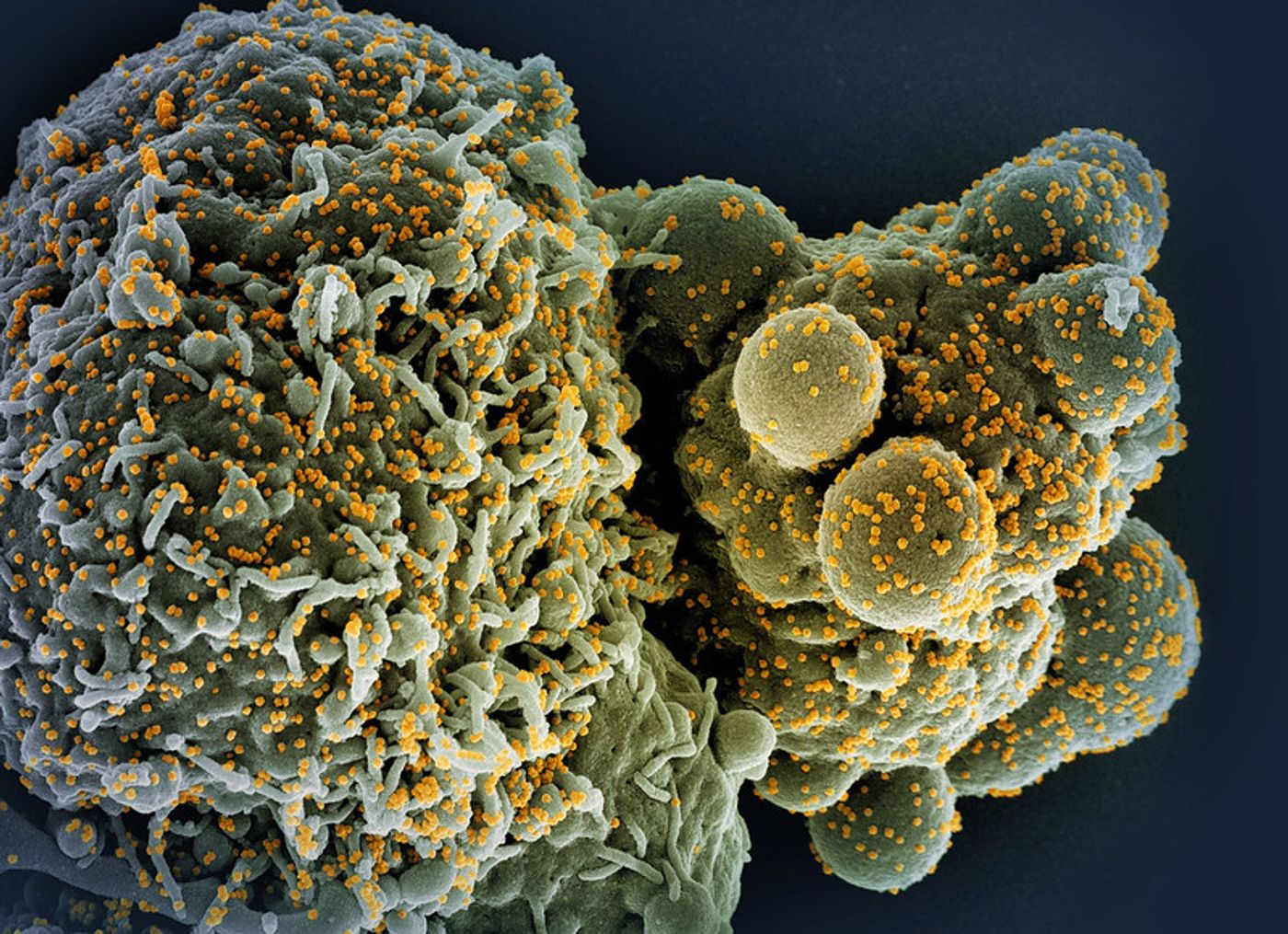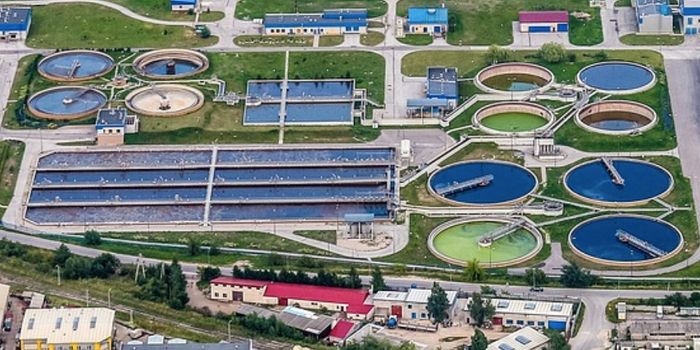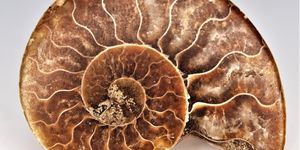COVID-19 Disrupts Mitochondrial Function in Heart, Other Organs
Even as the pandemic virus SARS-CoV-2 has begun to subside, and now causes fewer infections and deaths compared to the heights of the crisis, many people are dealing with major, lingering effects known as long COVID. The symptoms of long COVID, also known by other names like post-COVID-19 conditions, chronic COVID, and post-acute sequelae of SARS-CoV-2 (PASC), can vary significantly from one patient to another, and can impact the entire body; they may include severe fatigue, fever, brain fog, headaches, dizziness, nerve damage, vision changes, hearing loss, loss of smell or taste, cough, chest pain, erectile dysfunction, changes in appetite, joint pain, or hair loss, just for some examples.
Researchers have now found that mitochondrial genes can be disrupted by SARS-CoV-2. Mitochondria are crucial organelles for our cells; they produce cellular fuel and perform other critical functions. They also carry their own tiny little genome and produce their own proteins. If mitochondria are dysfunctional in cells, it could help explain why so many organ systems and tissues are involved in long COVID. The findings, which may open up new treatment options for long COVID, has been reported in Science Translational Medicine.
Previous work has shown that viral proteins encoded by SARS-CoV-2 are able to attach to mitochondrial proteins in infected host cells, which could cause mitochondrial dysfunction. In this work, the researchers assessed the activity of mitochondrial genes, and how that activity was affected by SARS-CoV-2 infection. The investigators analyzed samples from human patients as well as animal models.
This showed that in humans, the expression of mitochondrial genes was relatively normal in the lungs, but the expression of mitochondrial genes in the heart, kidneys, and liver was significantly reduced. In animal models, the expression of mitochondrial genes in the cerebellum was reduced too, even after the virus had been at its peak and viral loads had started to go down in the lungs. This reduction in cerebellar mitochondrial gene activity was observed even when the virus itself was not detected there. Mitochondria in the lungs had begun to function normally again in the middle phase of infection in animals.
This research has suggested that the virus does impact mitochondria in lung cells when the infection starts, but over time, their function recovers while in other organs and especially the heart, the function of mitochondria remains disrupted.
"This study provides us with strong evidence that we need to stop looking at COVID-19 as strictly an upper respiratory disease and start viewing it as a systemic disorder that impacts multiple organs," said co-senior study author Douglas C. Wallace, PhD, director of the Center for Mitochondrial and Epigenomic Medicine at Children's Hospital of Philadelphia (CHOP). "The continued dysfunction we observed in organs other than the lungs suggests that mitochondrial dysfunction could be causing long-term damage to the internal organs of these patients."
This work also revealed a potential target for treatment. The researchers discovered that a microRNA called miR-2392 helps control mitochondrial function in the human tissues that were assessed in this study.
In COVID-19 patients, there was an increase in the level of this microRNA, which surprised the researchers. If this microRNA could be neutralized, it might stop the virus from replicating and infecting more cells. It may be a way to reduce complications in patients who are at risk for severe cases, noted co-senior study author Afshin Beheshti, PhD, a visiting researcher at The Broad Institute, among other appointments.
Sources: Children's Hospital of Philadelphia, Science Translational Medicine









